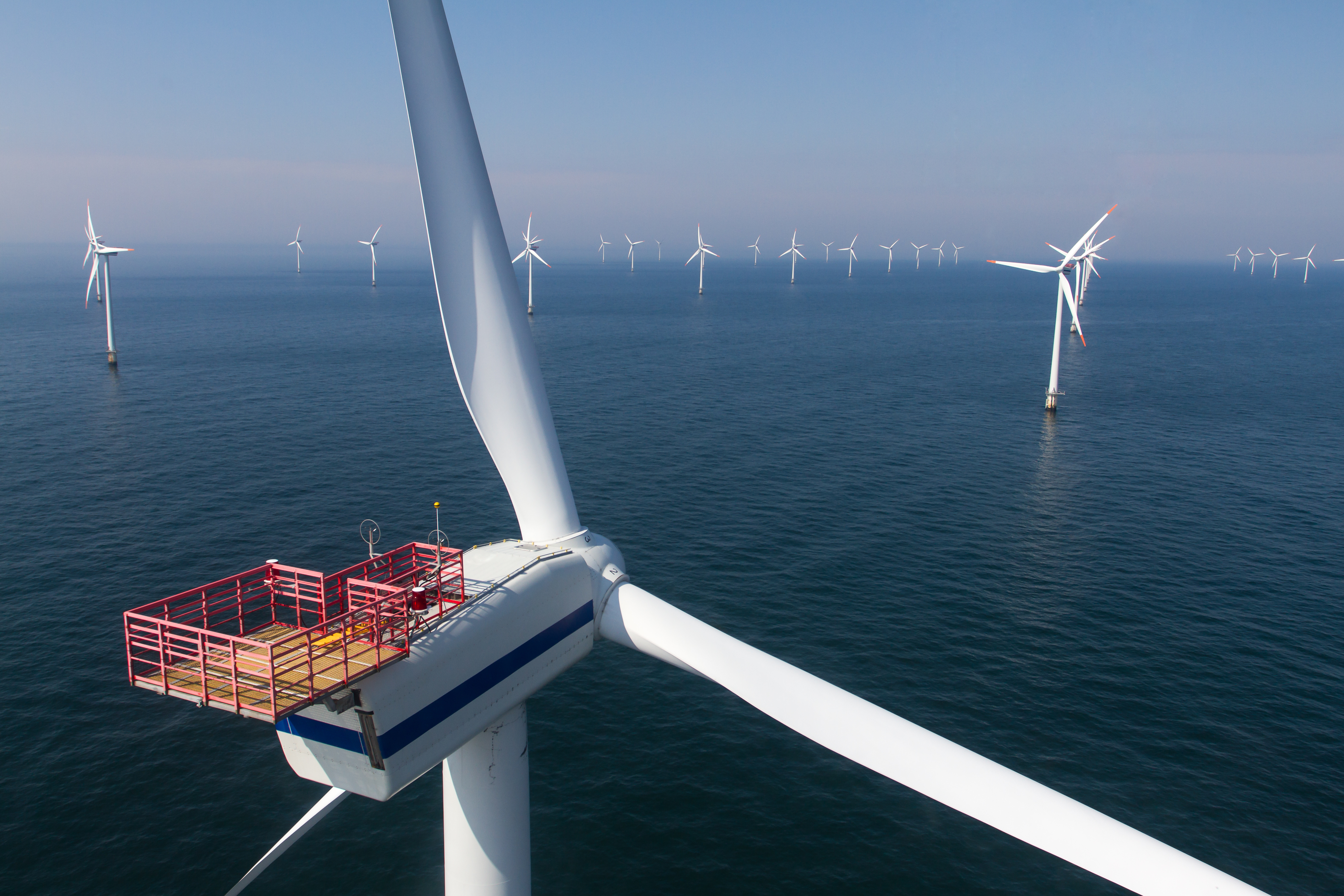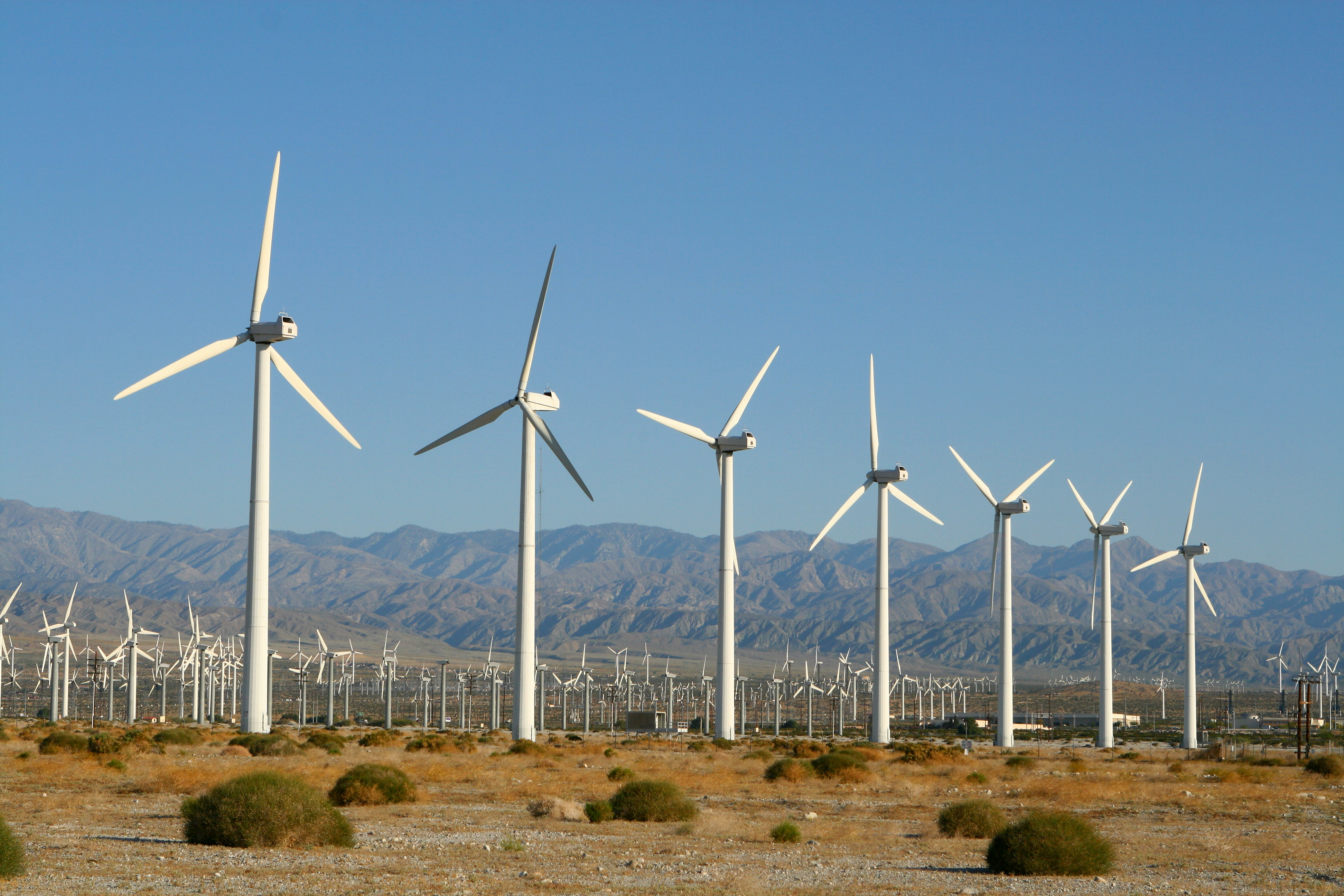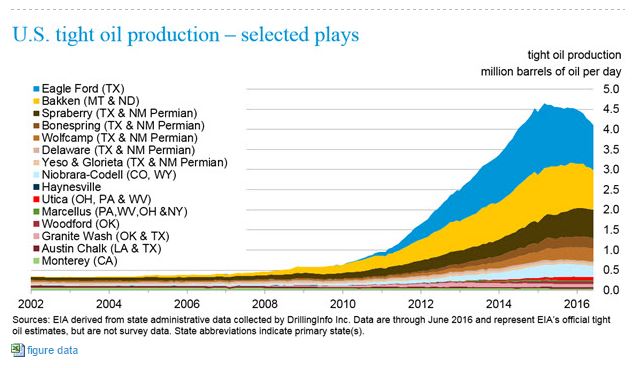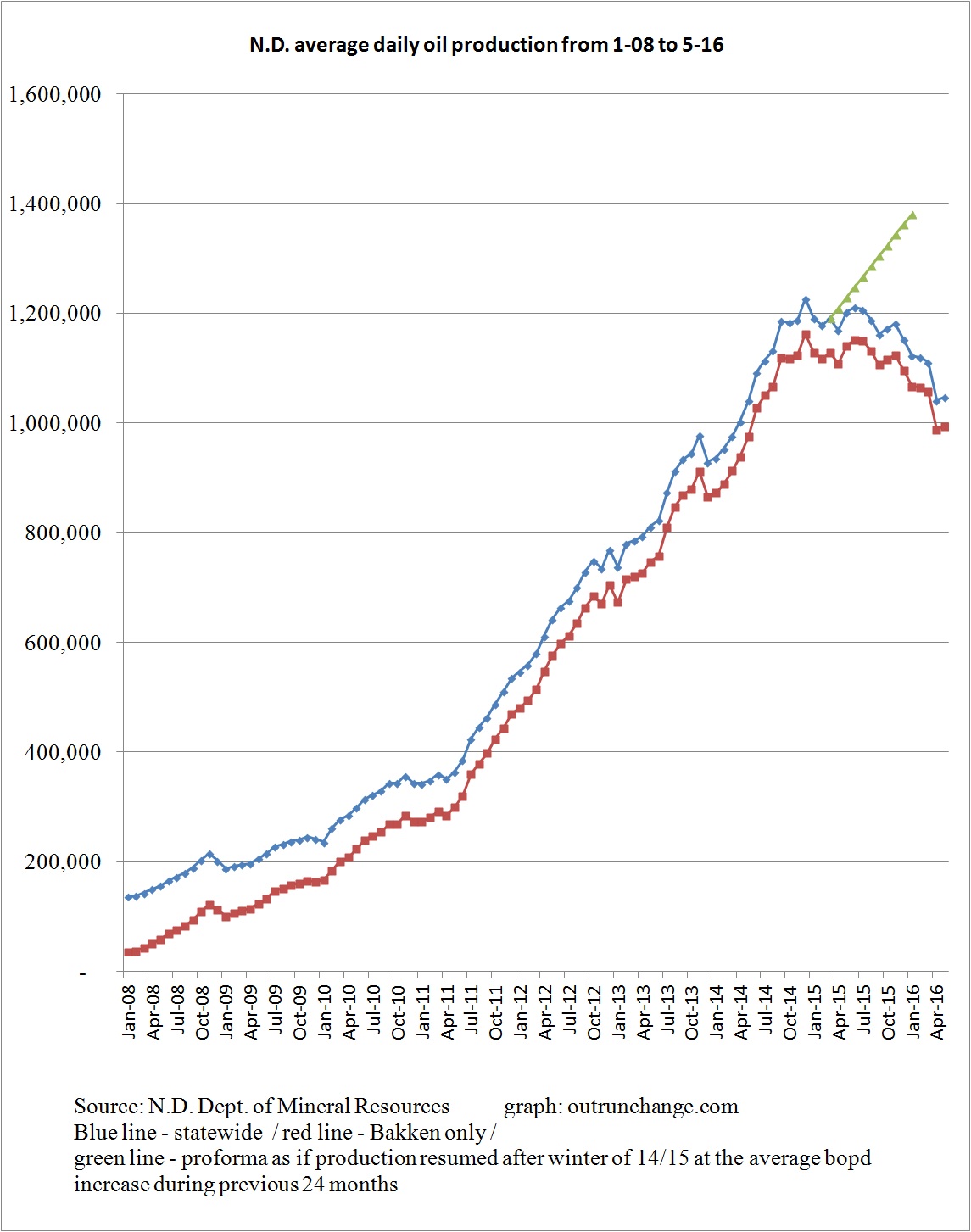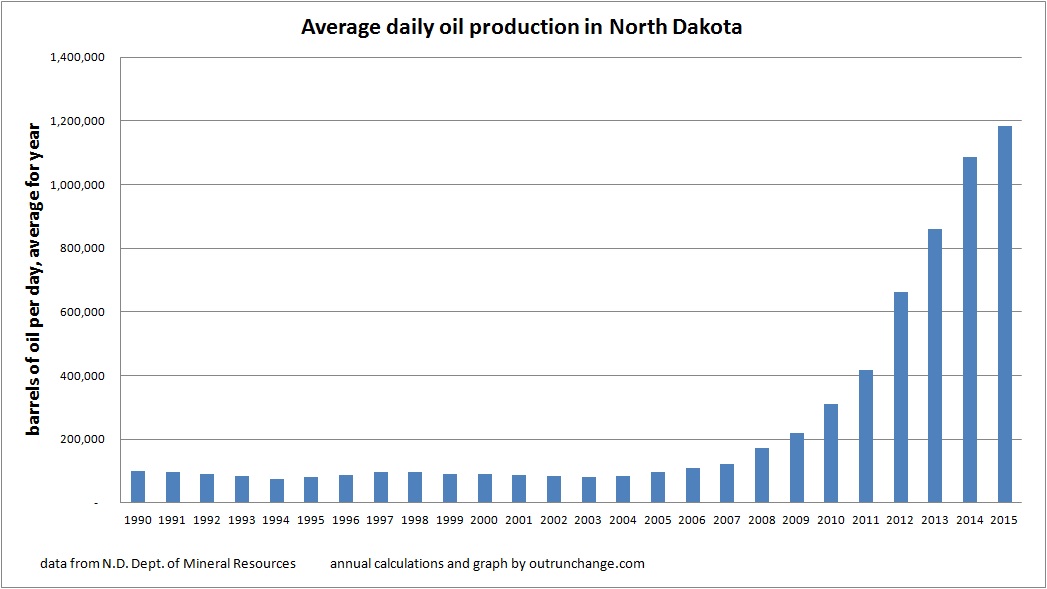Here are merely two of the many published videos showing wind turbines as they fail. Watch for the burning hunks of rare earth metals getting spread across the prairie. Look for the reason wind turbines rightfully deserve the name slice-and-dicer.
8-3 – Gizmodo – A Malfunctioning, Flaming Wind Turbine Is Actually Quite Beautiful – Video catches two burning turbines that won’t be slicing-and-dicing any more. One in foreground produces pretty smoke patterns when the tip catches fire. Fire slows down when turbine throws a blade a few hundred feet away.
[youtube=https://youtu.be/Q5COAi6KM8o?t=38]
Title of video: Windmill Fire Live Video Palladam Tamilnadu 2016; link: https://youtu.be/Q5COAi6KM8o?t=38
Another video demonstrates why every turbine needs to constructed many hundreds of feet away from anything of value, like houses, farm buildings, livestock, transmission lines, or roads.
With luck, the turbine, tower, and massive blades will fall straight down upon failure.
Without luck, those hundred foot long blades will go airborne like a javelin. In the video, when launched at a roughly 45 degree down angle, it looks like one blade travels 4 or 5 times its length, which would be somewhere between 400 and 700 feet. How far would a blade travel if launched at a 45 degree up angle?
At worst, the three blades disintegrate into small chunks of shrapnel, flying every direction, imitating an explosion from World War II anti-aircraft artillery.
Warning: the clip of a vulture getting hit, falling to the ground mortally wounded, struggling to regain its footing, is nauseating. That only happens to raptors, what, many thousands of times a year in the U.S.?
Yeah, wind turbines have worked hard to earn the well-deserved title of slice-and-dicer.
[youtube=https://youtu.be/wfzgIxMEo8g?t=19]
Title: Best Wind Turbine Crash/Fail Compilation HD 2016; link: https://youtu.be/wfzgIxMEo8g?t=19
Oh, tornadoes and wind turbines don’t play well together. Ponder the overlap of where tornadoes and wind turbines are concentrated.
